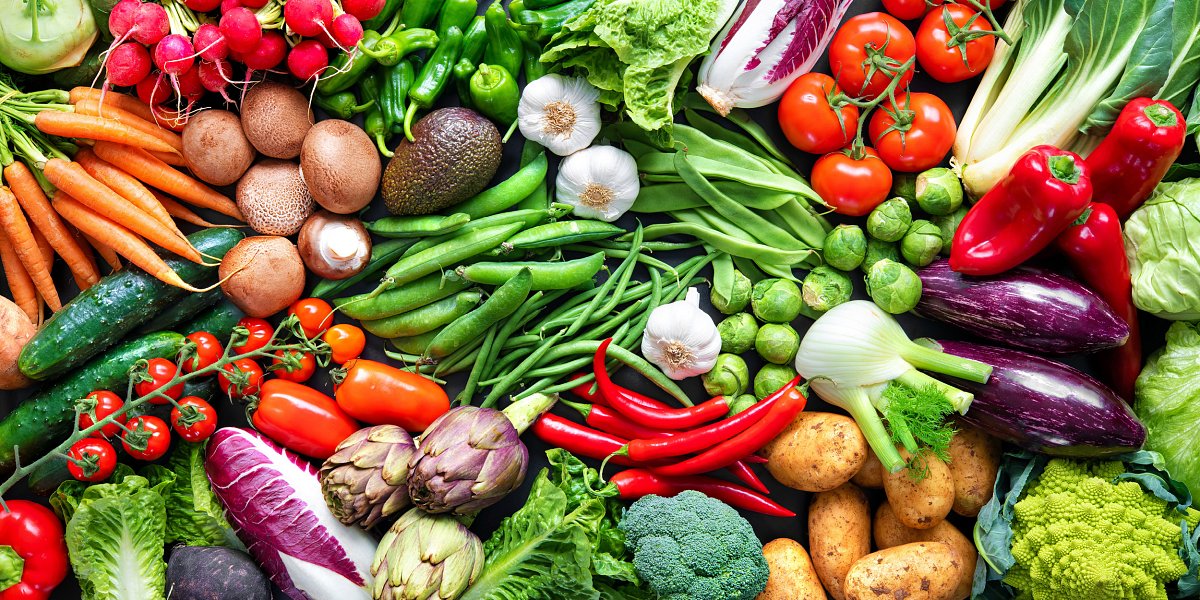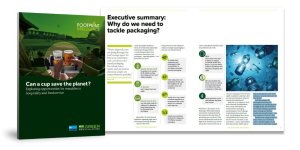WRAP urges everyone to wave goodbye to waste
An astonishing 4.7m tonnes of edible food is thrown away each year by UK households, while globally a third of the food produced is lost or wasted

According to WRAP, the climate action NGO, which is working to tackle the effects of climate change, 4.7 million tonnes of edible food is thrown away each year by UK households and globally, around a third of the food produced is lost or wasted.
Cutting global food waste by half would add a 1/5th to the world’s total food supply. This is highly significant when facing the challenge of how to feed a growing global population, in a sustainable manner. Reducing waste also provides a major opportunity to make food more sustainable and economically efficient. One of the UN Sustainable Development goals is to halve global food waste by 2030
Thus, WRAP aims to tackle the causes of the climate crisis and give the planet a sustainable future. Its 2024 Food Waste Action Week , which will run from18-24 March, will be encouraging people to 'Choose What You'll Use', highlighting the benefits of buying loose fruit and vegetables and inspiring people to buy closer to their needs. This action alone is estimated to save 60,000 tonnes of food waste.
As food procurement experts, allmanhall are acutely aware of the need to reduce waste through supply chain activity and catering operations. Through practical advice and support, the company is committed to helping its clients make food cost savings and have a positive impact when it comes to sustainability, both of which can be achieved by reducing waste. With knowledge gleamed from hands on experience, Hayden Hibbert, director of client relations, outlines some achievable actions that can be implemented to help reduce food waste at this critical time, which will also help to manage food budgets and achieve food cost savings. They include:
Avoid overbuying stock – Individuals and businesses should ensure that they only purchase what they need. This is especially relevant when it comes to perishable products as there is always a temptation to stock up, just in case of delivery issues in the food supply chain and in times of uncertainty.
Store food correctly – Ensure that that all food is being stored at the correct temperature and that fridges and freezers are operating at the correct temperatures too. Rotate stock appropriately, especially perishable items.
Label food correctly – If food is decanted into different containers for storage then make sure they are clearly label with allergens, date information and a product description. Keeping stock organised makes it much easier to keep track on what there is and what needs using. It also helps reduce the chance of unlabelled containers from simply being thrown away, either in error or because users don't know what's in them..
Keep a stock inventory -To prevent waste keep a careful account of stock. This means keeping a detailed list of the foods in all storage areas including their use by or best before dates. This list should easily accessible so that it ca be referred to it as needed.
Ensure deliveries match orders – accept only what was ordered, and that the product is well within its use by date and is of good quality..
Portion Control – Make sure the portion specification matches the requirement of the diner. It is estimated that over a quarter of customers leave food on their plate at the end of their meal. This waste is avoidable and appropriate portion sizes are more budget friendly.
Don’t overextend the menu – Keep it simple! This produces a number of benefits from cost management to waste management. The bigger and more extensive the menu thebigger the stockholding, which heightens the risk of unnecessary waste.
The counter-intuitive role of packaging - Packaging is a critical aspect of food production. It keeps food safe and helps prevent wastage. Packaging also facilitates efficient communication throughout the supply chain. Trade-offs occur between having enough packaging to prevent damage and wastage, but not so much that high emissions are generated from its production and transport.











